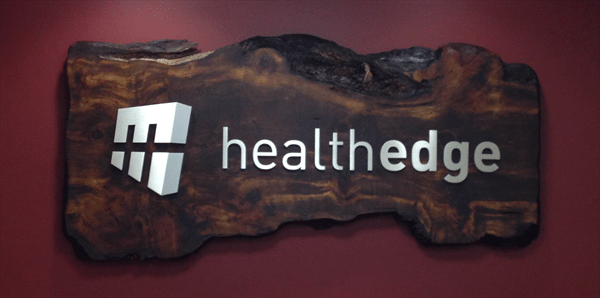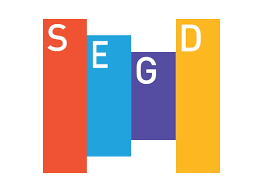Carved and Routed Signs
Exterior Signage, Functional Signage, Others, Signage TipsIn sign-making, as in so much of daily life, what’s old is often new again.
Sign-making dates back to very early civilizations. For example, carvings were heavily used to communicate information by the Mayans, and also by the Greeks and the Romans. Pompeii and Herculaneum, two Roman cities buried by volcanic ash and lava in 79 AD and therefore helpfully preserved for us to study today, contain hundreds of carved signs (some gilded, others painted) advising residents of then-important information.
The traditional art of Whakairo, or carving in wood, stone, and bone, has been a staple of the Maori culture in New Zealand since the first Polynesians arrived there more than 1,000 years ago.
During those early days, sign-makers learned how to communicate without language, skillfully carving available materials into ornate, eye-catching images and symbols.
By the 1800’s, sign-makers had heavily decorated the streets of European and North American cities with three-dimensional markers and notice-boards that sought to capture attention and convey a variety of marketing messages.
In a real sense, carved and routed signs became so popular and effective because they work so well, allowing room for a huge amount of creativity, and incorporating full freedom of color, shape, and texture.
Some of New England’s Finest
Carved and routed signs have been a strong tradition in New England. So it’s no surprise that here in Boston we continue the tradition of carving and routering a wide variety of materials into signs that communicate visually and emotionally in three dimensions.
But now we can also do it using synthetic materials and computerized equipment.
We still make carved and routed signs from wood, of course, but such natural materials require frequent maintenance. So we often prefer to carve and router plastics, metals, and other materials. We now have access to a range of synthetic materials, including high-density urethane (HDU), which allows for detail, quality, and craftsmanship equal to wood, but provides much greater durability and resistance to weathering.
Carved signs can contain everything from simple lettering to complex three-dimensional carving techniques, including V-bit carving, profile contouring, fluting, and engraving.
Computer controlled equipment allows us to create in three dimensions almost any design our clients and we can imagine. In addition, large-scale signage is no longer a limitation, as any design can be broken up into manageable sizes and carved in segments from identical panels of material that we can then fit closely together.
We get a lot of inquiries about carved and routed signs, a sign-making specialty in which we take great pride. That’s one reason we’re happy to help people identify the right combination of design, material, and execution to convey their story to the public in an enduring and cost-effective carved sign. If we can be of any help to you as you look into carved and routed signage, please give us a call at 978-401-9270.

